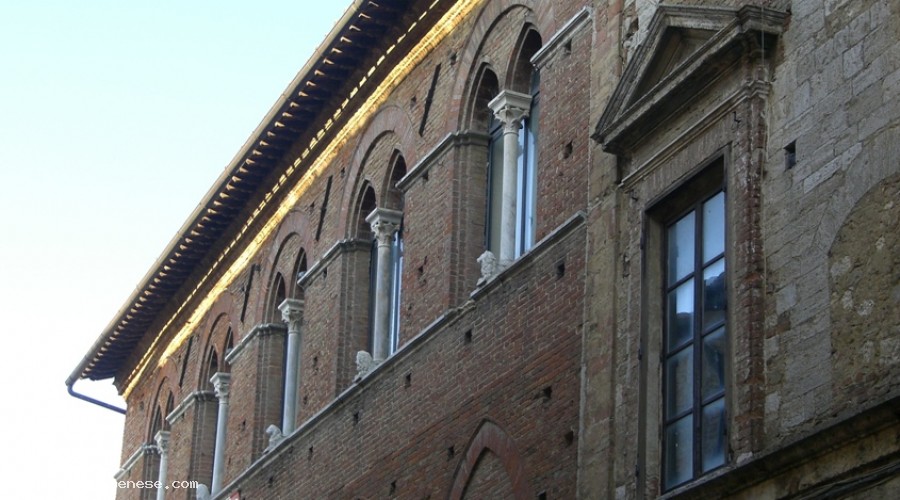Museums
Museo Civico di Montepulciano
MONTEPULCIANO
Time table
Monday to Sunday from 10 to 19; Closed on Tuesday.TICKETS: Full € 6.00; Reduced € 4.00.
The Civic Museum of Montepulciano is located in Palazzo Neri Orselli, dated 1300. The present appearance of the building derives from the fusion of pre-existing structures, enlargements and long restoration works throughout the centuries, that haven’t damaged its original structure. Since 1954, museum collections are hosted in this building, thanks to an important development and adaptation of the building. The exhibits and the museum route follow a thematic route subdivided in four main sections. The first one is dedicated to the Collection of Montepulciano . Stone material, ceramics and metals are part of this collection. Among these, there is a XVIth century Marzocco and the Cocconi and Cervini Families’ Code of Arms . Among the ceramics, there are objects for daily domestic use, that have been found in the well, still present in the underground of the palace and dated XIIth and XVth century. The archeological section hosts Etruscan funerary trousseaus, dated VIth and IVth century B.C., Etruscan and Roman cinerary urns, candelabra and objects for daily use. The painting section is the most interesting one. The painting gallery, entitled Primicerio Francesco Crociani, who left his collection to the museum, hosts works of Sienese artists : a Crucifixion by Luca di Tommè, the Coronation of the Virgin by Angelo Puccinelli, a Madonna with Child and Saint Giovannino, attributed to Pinturicchio. There’s also a rich collection of Illumined Chorals , dated 1300 and a Sacred Family with Saint Giovannino by Antonio Bazzi, better known as Sodoma. The gallery of the Portraits of Saints Tito, Spagnoletto and others is quite remarkable. A special section is dedicated to Andrea Della Robbia’s terracotta, among which Saint John the Baptist and a bust representing the Saviour by Giovanni della Robbia.
The Civic Museum of Montepulciano is located in Palazzo Neri Orselli, dated 1300. The present appearance of the building derives from the fusion of pre-existing structures, enlargements and long restoration works throughout the centuries, that haven’t damaged its original structure. Since 1954, museum collections are hosted in this building, thanks to an important development and adaptation of the building. The exhibits and the museum route follow a thematic route subdivided in four main sections. The first one is dedicated to the Collection of Montepulciano . Stone material, ceramics and metals are part of this collection. Among these, there is a XVIth century Marzocco and the Cocconi and Cervini Families’ Code of Arms . Among the ceramics, there are objects for daily domestic use, that have been found in the well, still present in the underground of the palace and dated XIIth and XVth century. The archeological section hosts Etruscan funerary trousseaus, dated VIth and IVth century B.C., Etruscan and Roman cinerary urns, candelabra and objects for daily use. The painting section is the most interesting one. The painting gallery, entitled Primicerio Francesco Crociani, who left his collection to the museum, hosts works of Sienese artists : a Crucifixion by Luca di Tommè, the Coronation of the Virgin by Angelo Puccinelli, a Madonna with Child and Saint Giovannino, attributed to Pinturicchio. There’s also a rich collection of Illumined Chorals , dated 1300 and a Sacred Family with Saint Giovannino by Antonio Bazzi, better known as Sodoma. The gallery of the Portraits of Saints Tito, Spagnoletto and others is quite remarkable. A special section is dedicated to Andrea Della Robbia’s terracotta, among which Saint John the Baptist and a bust representing the Saviour by Giovanni della Robbia.